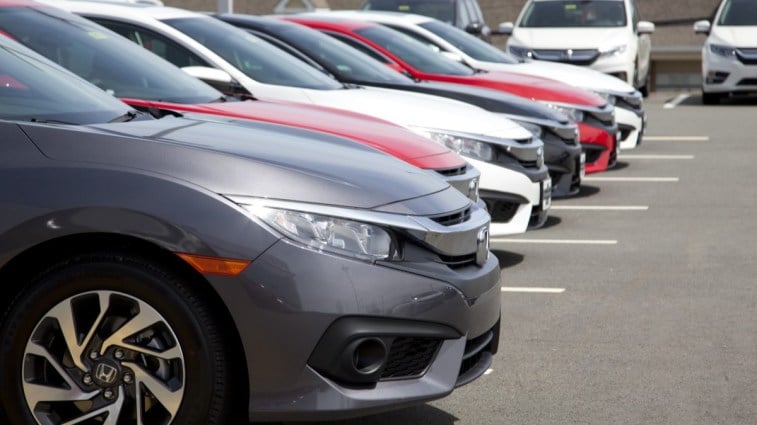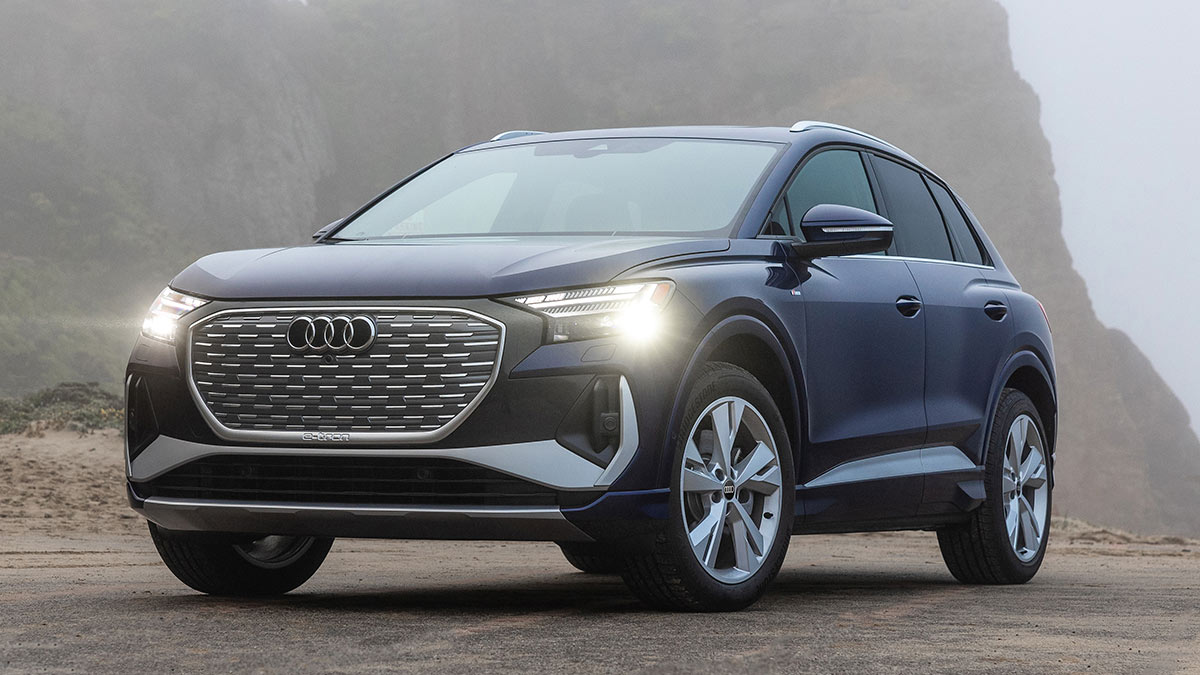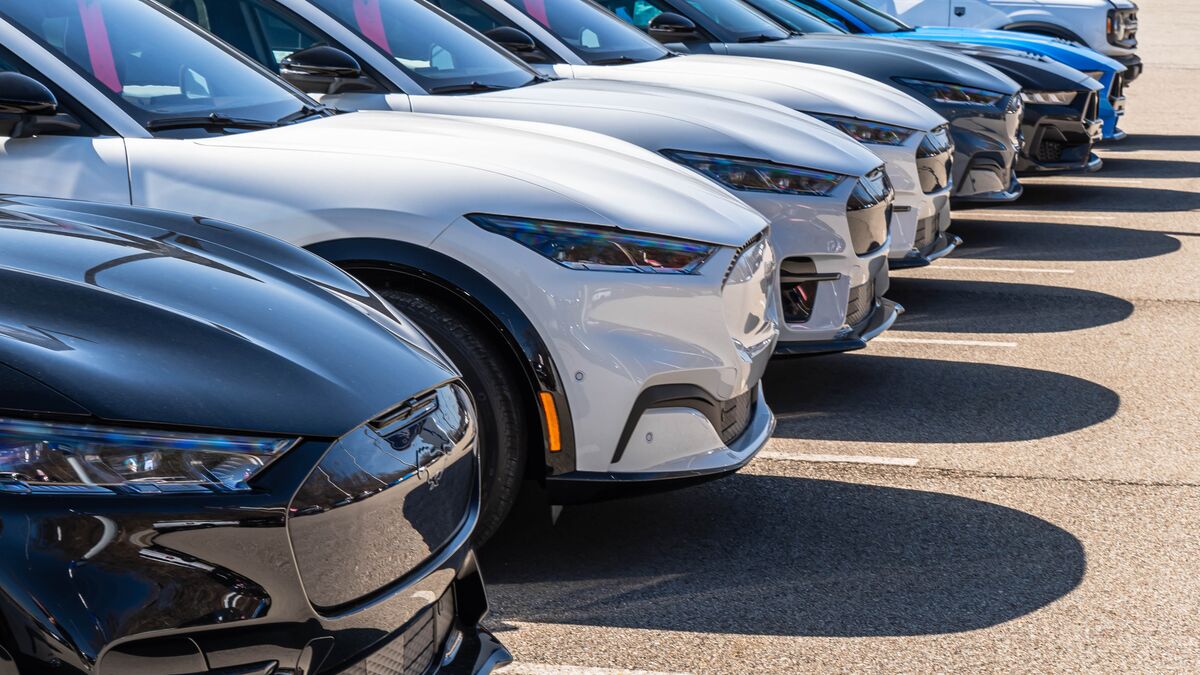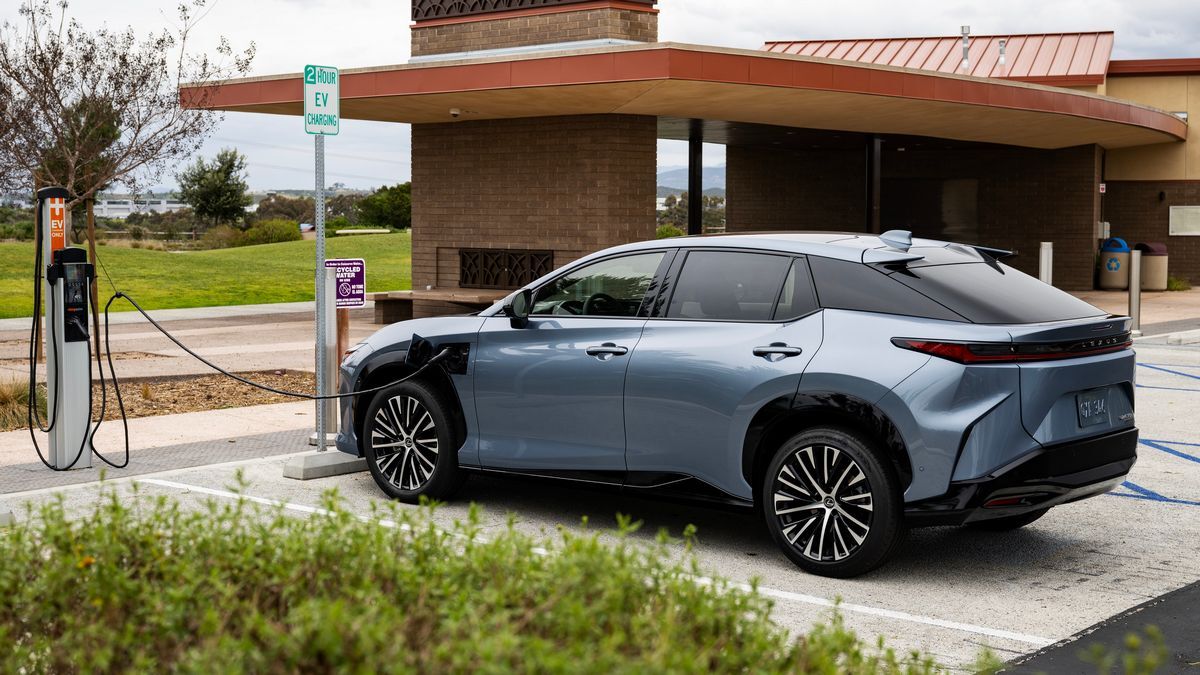
The figures come from the Manheim Used Vehicle Value Index, a product of Kelley Blue Book’s parent company Cox Automotive, which tracks the prices dealers pay for the used cars they later sell to consumers. Trends in wholesale pricing become trends in retail pricing about six to eight weeks later.
While values increased 8.6% through the first quarter from December, the market has reversed course in April, with our monthly figures showing a month-over-month decline for the first time in 2023,” said Chris Frey, senior manager of Economic and Industry Insights for Cox Automotive.
April prices were about 4.4% lower than a year ago.
The price decreases come even though America’s car dealers have fewer used cars to sell this year. Early-pandemic factory shutdowns are still rippling through the used car market. Manufacturers have built fewer cars than normal since the COVID-19 crisis began, which means fewer 2- and 3-year-old cars coming off lease to feed into the used car market today.
Used car dealers ended April with an average of 42 days’ worth of cars to sell – down from 50 a year ago.
But prices are declining anyway. That may be a function of credit availability. Repeated Federal Reserve interest rate increases have affected the used car market dramatically.
The average used car loan rate hit 14% in March. High rates keep some buyers out of the market, forcing dealers to compete for those that can still shop.
Consumer confidence was down 6.7% year over year in April, according to the Conference Board. Plans to purchase a vehicle in the next six months declined to the lowest level since November 2021.







